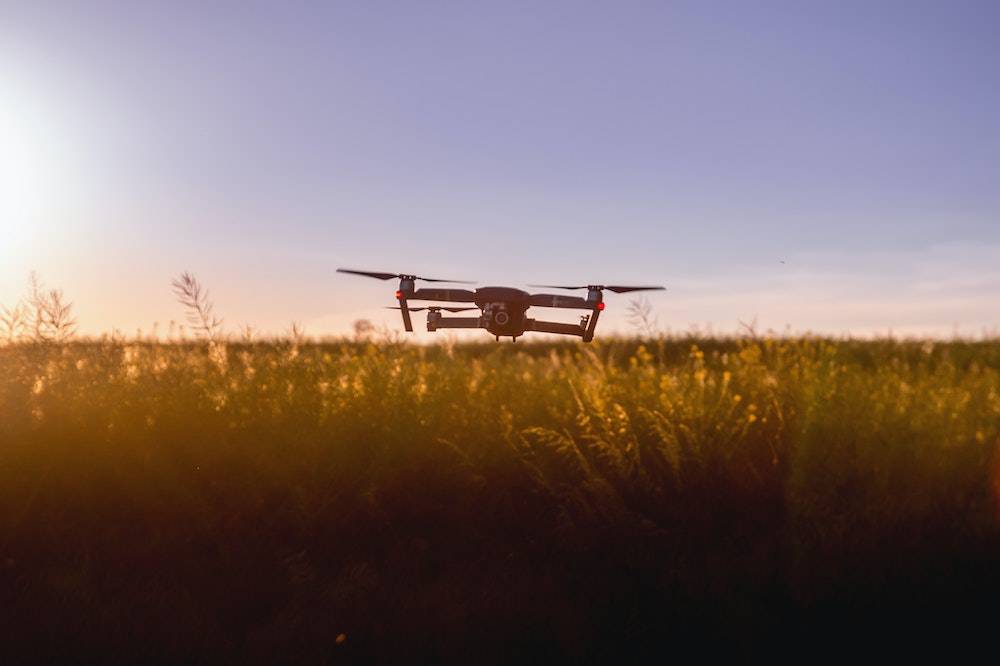Technological developments cause new changes in every aspect of life. Changes in mechanics, chemistry, and technology also lead to innovations in agriculture. The new generation of agriculture supported by digitalization is called agriculture 4.0. It combines various applications to gather different needs. Agriculture 4.0 works mostly using internet technology. Various sensors are placed on the equipment or in the field. In this way, it provides data to a platform that allows the creation of an information system for users.
The Development of Agriculture 4.0
Changes in the history of industry have been in the development of agriculture at the same time. Accordingly, knowing the development of the industry is important to better understand agriculture 4.0. Let’s examine the development of Agriculture 4.0.
There are four stages of the industrial stage following technological developments. The first industrial revolution emerged with mechanical production systems using water and steam power. In the second industrial revolution, mass production started with electric power. In the third industrial revolution, production was automated thanks to the use of electronics and the development of IT.
Industry 4.0 is one of the important breaking points in the industrial field. It is a process of great transformation and consists of three parts. These are the internet of things, the internet of services, and cyber-physical systems. Finally, Industry 4.0 technology is transforming the production capabilities of all industries, including agriculture.
What is Agriculture 4.0?
There are technological developments brought about by digital transformation. Agriculture, which is vital for every community, has also been a part of the digital transformation. Agriculture 4.0 is a smart agriculture application supported by new technology. It has digitized agricultural applications, remotely managed tools, and artificial intelligence-supported machines.
The Internet and wireless Bluetooth technology form the basis of all innovations. Data is collected by sensors placed on the equipment. Farmers or researchers can access information about their crops, fields, and vehicles from miles away. Also, the equipment can be controlled remotely. Who knows, maybe one day, automatic devices will be able to solve the problem on their own without the need for anyone.
The development of new tools and machines in production provides digitalization in agriculture. In addition, new machines and production equipment provide high efficiency, protection of the environment, and quality. Tractors are the primary tools of development in the agricultural industry. The use of these agricultural vehicles can be optimized with connectivity and location technology. Due to this technology, the harvesting and sowing times are shortened and it helps to reduce fuel consumption.
Furthermore, one of its main goals is to provide sustainable agriculture. Agriculture 4.0 has three main goals. First, to ensure food security and increase agricultural productivity. Second, to increase adaptive capacity at many levels. Finally, reducing greenhouse gas emissions and increasing carbon sinks.
Agriculture 4.0 Technology and Innovation
To understand the Agriculture 4.0 innovations, it is necessary to know how this system works. Agriculture 4.0 uses technology and data management to expand the effectiveness and increase the efficiency of activities that affect the production chain. These are the Internet of Things (IoT), Artificial Intelligence, and Big Data.
The Internet of Things (IoT)
The system called IoT, defined as the internet of things, forms the basis of agriculture 4.0. IoT enables all objects to access the internet and interact with devices. Data is transferred over the network with mechanical and digital machines, animals, objects, and identification systems (UID). Then, the data is stored with cloud technology. Connections such as satellite, internet, and Bluetooth are used to provide access to data.
Artificial intelligence
Artificial intelligence applications are used to support production in agriculture. This application detects problems in production and makes production more efficient. Drones and sensors are one of the tools used in artificial intelligence applications. Drones can determine the growth status of plants, disease threats, and the number of drugs to be used. In this way, possible negativity is prevented and the situation can be intervened. In addition, environmental sensors can record information such as soil moisture and weather conditions. Thus, artificial intelligence applications enable farmers to save labor and support yield-oriented production.
Big Data
In Agriculture 4.0, there is information produced by technologies. This information assists in making more efficient decisions in the production process. Big data is the name given to all information and data.
Benefits of Agriculture 4.0
Among the advantages of smart agriculture, the benefits for farmers, consumers, and the world can be mentioned. The advantages of Agriculture 4.0 do not only affect the farmer. In addition to the farmer, it also provides benefits for the consumer and the world.
Economic Benefits
Moreover, the technological tools brought by Agriculture 4.0 provide an economic advantage to the farmer. Thanks to new technology, all kinds of control over agricultural land ensure the optimization of resources. As a result, productivity can be increased by consuming less water and fertilizer. Artificial intelligence can enable the plant to calculate the amount of water it needs. Therefore, it can avoid waste by predicting the amount of water or fertilizer.
Environmental Benefits
One of the most important features of agriculture is to do it in a sustainable way. Agriculture 4.0 has been specially designed to ensure the sustainability of agricultural activities. Reducing the use of fuel and chemicals prevents the pollution of water resources. Additionally, it aims to improve the environmental impact of the food chain.
Social Benefits
Due to agriculture 4.0, consumers can access much higher quality and reliable products. In addition, consumers can access detailed information about the product consumed with the barcodes on the products. For example, production conditions, and soil and pesticide information. Employees also have good working conditions, with the support of digital and innovative tools.
Finally, Agriculture 4.0 uses all the opportunities offered by digitalization and technology in the best way and its aims to benefit the entire supply chain.

